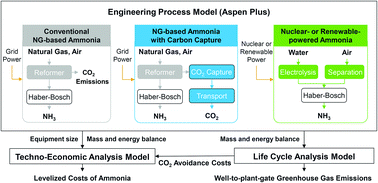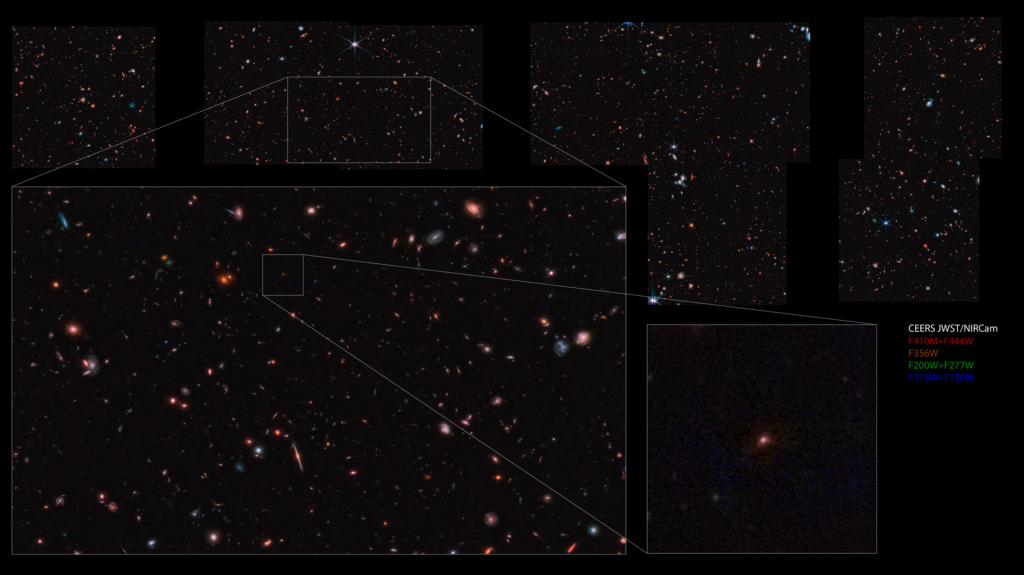世界で2番目に大きい堡礁に影響を及ぼしている窒素汚染の原因を突き止める Researchers trace the source of nitrogen pollution affecting the world’s second largest barrier reef
2022-08-04 カリフォルニア大学サンタバーバラ校(UCSB)
この地域のサンゴ礁と海草の健全性に有害な影響を与える可能性のある栄養塩の投入を減らすために、流域ごとに異なる管理戦略を採用する必要があることが、今回の研究で明らかになりました。
<関連情報>
- https://www.news.ucsb.edu/2022/020692/tracking-nitrogen-pollution
- https://www.sciencedirect.com/science/article/pii/S0964569122002459?via%3Dihub
メソアメリカンリーフ地域における農業および廃水による窒素汚染の発生源と排出について Sources and discharge of nitrogen pollution from agriculture and wastewater in the Mesoamerican Reef region
Madeline Berger,Steven W.J.Canty,Cascade Tuholske,Benjamin S.Halpern
Ocean and Coastal Management Available online:18 July 2022
DOI:https://doi.org/10.1016/j.ocecoaman.2022.106269

Highlights
- •The majority of nitrogen pollution originated from crop production (52.1%) and livestock production (39.7%).
- •The Rio Ulua, Honduras and the Rio Motagua, Guatemala, contributed over 50% of the total modeled nitrogen pollution.
- •90% of the modeled nitrogen pollution was attributed to 20 watersheds, of which 11 were located in Guatemala or Honduras.
- •An estimated 80% of coral reefs and 68% of seagrass beds were exposed to nitrogen pollution from watershed plumes.
Abstract
Land-based nitrogen pollution is a major threat to coastal ecosystems, especially in tropical regions home to high biodiversity habitats such as coral reefs and seagrass beds. The sustained addition of excess nutrients (in the form of nitrates) to these ecosystems, which are adapted to oligotrophic environments, disrupts ecosystem function and the ability to provide services that support livelihoods and benefit human well-being. Nitrogen (N) primarily originates from agricultural crop production, livestock waste, and human sewage, as well as excretion from seabird and feral ungulates for some small atolls and cayes. Determining the most effective mitigation strategies to reduce N pollution in a given location begins with identifying and quantifying input from the source. Here we model four major sources of N pollution – crop production, livestock production, wastewater generated from permanent residents and wastewater generated from seasonal populations – at the regional scale, measuring inputs and impacts from 430 watersheds that drain into the Mesoamerican Reef region. We find that leaching of fertilizer from crop production and runoff associated with livestock contribute the majority of N pollution (92%), while contributions from residential and tourism wastewater sources were lower (8%). A north-south divide in N pollution was observed, with watersheds from the south, Guatemala and Honduras, associated with the highest levels of N pollution. The top 20 most polluting watersheds contributed nearly 90% percent of N pollution from all sources analyzed to the MAR, with the majority (11) located in the southern part of the MAR. The top two most polluting watersheds on their own, the Rio Ulua, Honduras, and Rio Motagua, Guatemala, contribute approximately 50% percent of the total N input to the MAR. However, high biodiversity habitats were more exposed to plumes originating from smaller, coastal watersheds. Our approach provides a map of the N pollution in the region highlighting hotspots for managers to target for mitigation, as well as the main sectors and industries to engage when designing solutions.



